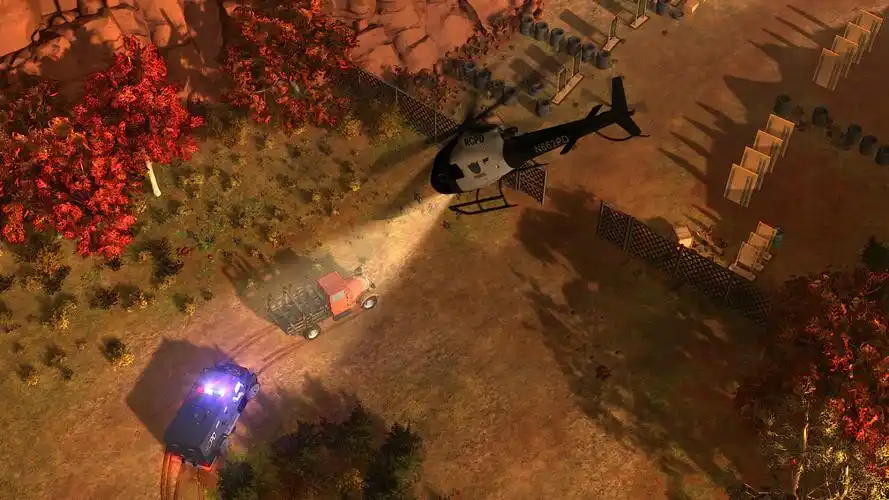Minecraft Dungeons - Boss Fights: Pattern Recognition - A Review
Tags: #MinecraftDungeons #BossFights #GamingReview #PatternRecognition #ActionRPG
Introduction
Minecraft Dungeons, the action-adventure spin-off of the iconic sandbox game Minecraft, brings a fresh take on dungeon-crawling with its engaging combat mechanics and loot-driven progression. One of the standout aspects of the game is its boss fights, which test players' reflexes, strategy, and ability to recognize attack patterns.
This review will analyze the boss fights in Minecraft Dungeons, focusing on pattern recognition—how players learn and adapt to enemy behaviors—and evaluate whether these encounters provide a satisfying challenge or fall into repetitive predictability.
The Role of Pattern Recognition in Boss Fights
In action RPGs, boss fights often rely on telegraphed attacks—visual or audio cues that signal an incoming move. Minecraft Dungeons follows this tradition, with each boss having distinct phases and attack sequences.

Why Pattern Recognition Matters
- Skill-Based Challenge – Unlike regular enemies, bosses require more than brute force. Players must observe and react accordingly.
- Progressive Difficulty – As players advance, bosses introduce more complex patterns, keeping the gameplay engaging.
- Rewarding Mastery – Successfully predicting and countering a boss’s moves feels satisfying, reinforcing player skill.
Analyzing Key Boss Fights
1. The Arch-Illager (Final Boss, Default Difficulty)
- Attack Patterns:
- Summoning Minions – Periodically calls weaker mobs to overwhelm the player.
- Beam Attack – Charges a laser that sweeps across the arena, requiring quick dodging.
- Shockwave Slam – Stomps the ground, creating a radial shockwave (dodge by jumping).
- Assessment:
- A solid introductory boss fight, but his moves are highly telegraphed, making him predictable after a few attempts.
2. The Redstone Monstrosity (Creeping Winter DLC)
- Attack Patterns:
- Punch Combo – A three-hit melee sequence with a brief pause before the final strike.
- Laser Barrage – Fires multiple lasers in a spread pattern, forcing players to reposition.
- Charge Attack – Dashes forward, dealing heavy damage if not sidestepped.
- Assessment:
- More aggressive than the Arch-Illager, requiring faster reaction times. However, the patterns remain somewhat repetitive.
3. The Heart of Ender (Apocalypse Plus Difficulty)
- Attack Patterns:
- Teleportation Strikes – Instantly moves around the arena, attacking from different angles.
- Void Orbs – Summons homing projectiles that must be destroyed or avoided.
- Phase Shifts – Changes attack patterns at certain health thresholds.
- Assessment:
- The most dynamic boss in the game, forcing players to constantly adapt. A true test of pattern recognition.
Strengths and Weaknesses of Boss Design
Strengths
✅ Clear Visual Cues – Most attacks are well-telegraphed, allowing fair reaction time.
✅ Varied Mechanics – Some bosses introduce unique mechanics (e.g., environmental hazards).
✅ Scaling Difficulty – Higher difficulties add new attacks, keeping fights fresh.
Weaknesses
❌ Predictability – Some bosses repeat the same sequences too often, reducing long-term challenge.
❌ Lack of Randomization – Attack orders rarely change, making fights feel scripted.
❌ Minion Overload – Some bosses rely too much on summoning adds, which can feel tedious.
Comparison to Other ARPG Boss Fights
Minecraft Dungeons sits between casual and hardcore ARPGs. Compared to:
- Diablo III – More complex boss mechanics with randomized modifiers.
- Hades – Extremely fast-paced with highly varied attack patterns.
- Torchlight II – Similar in simplicity but with more build-specific counters.
While Minecraft Dungeons doesn’t reach the depth of Diablo or Hades, its boss fights are accessible yet engaging, fitting its family-friendly design.
Conclusion: Is the Pattern Recognition Well-Executed?
Minecraft Dungeons delivers solid but safe boss encounters. The pattern recognition mechanics work well for new players, offering a fair learning curve. However, veteran ARPG fans might find the fights too formulaic after multiple playthroughs.
Final Verdict:
⭐ 7.5/10 – Good for casual players, but lacks the unpredictability and depth of top-tier ARPG bosses.
Would you like to see more randomized attack patterns in future updates? Let us know in the comments!
Tags: #MinecraftDungeons #BossFights #GamingReview #PatternRecognition #ActionRPG
(Word count: ~1,000)
Would you like any refinements or additional sections?


















